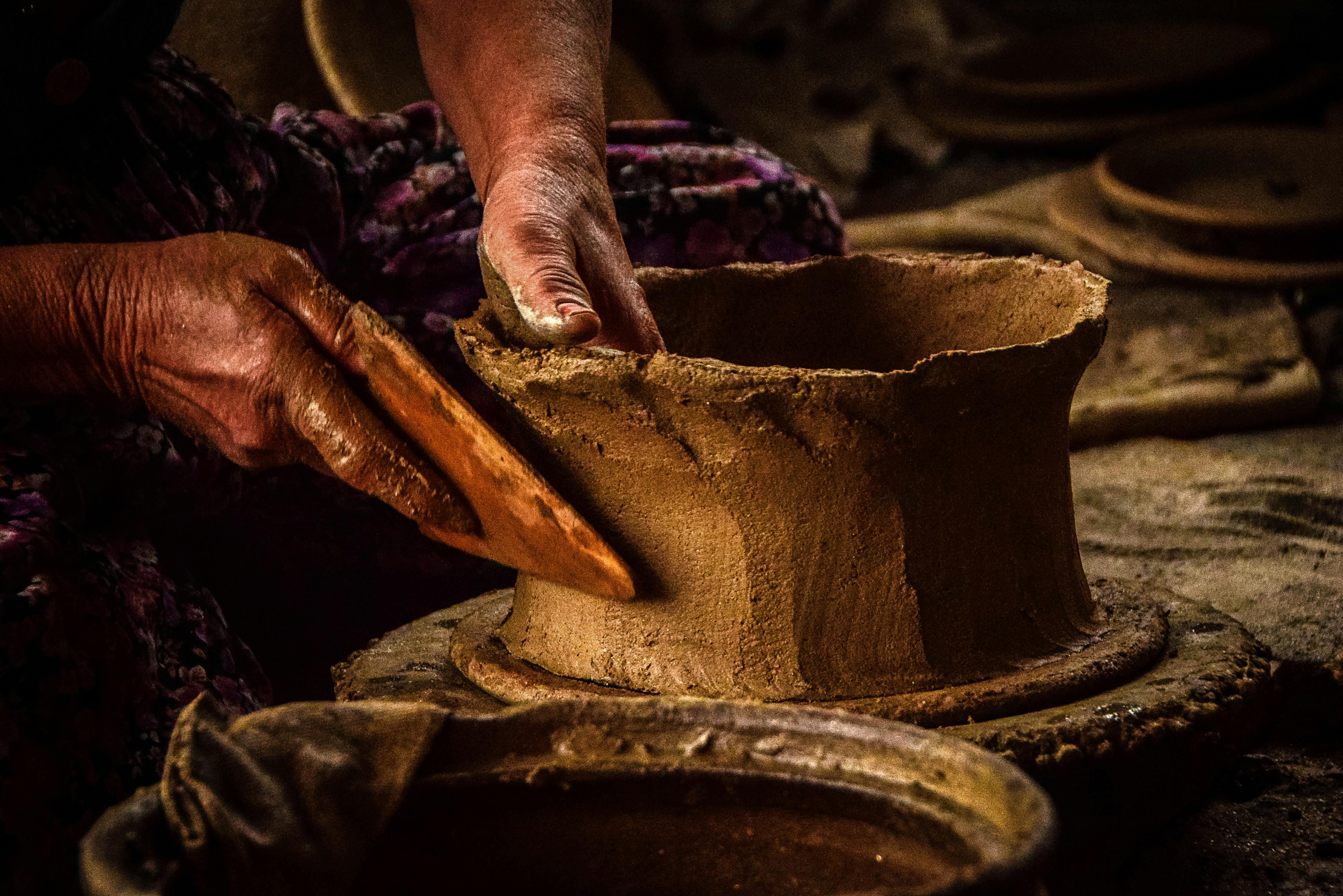"The Revival of Traditional Craftsmanship in Modern Home Design"
Introduction: A subtle, yet profound revolution is taking shape in the realm of interior design. Homeowners and designers alike are turning their backs on mass-produced decor, instead embracing the charm and authenticity of traditional craftsmanship. This shift holds the promise of transforming our homes into unique sanctuaries that tell a story of culture, heritage, and artisan skill.

Journey Back in Time: The Emergence of Artisanal Craftsmanship
Before the industrial revolution, every piece of furniture and decor was meticulously crafted by hand. Craftspeople poured hours into honing their skills, creating objects that were not only functional but also artistically expressive. However, mass production methods gradually replaced these traditional techniques, leading to a surge in homogenous, impersonal products. Today, a renewed appreciation for the time-honored skills of artisans is driving a resurgence in traditional craftsmanship.
The Appeal of Handcrafted Decor in Modern Homes
Modern homeowners are seeking authenticity and individuality in their living spaces. Handcrafted decor, with its unique imperfections and rich textures, offers an effective way to infuse personality and warmth into a home. These pieces bring an element of human touch that no mass-produced item can match. Moreover, they often carry a narrative - the story of the artisan who crafted it, making them conversation pieces that add depth and interest to any room.
The Practicality and Market Trends of Artisanal Craftsmanship
While handcrafted decor may seem like a luxury, it can also be a wise investment. These pieces are typically made from high-quality materials and crafted to last, often becoming cherished heirlooms. Market trends also indicate a growing demand for artisanal products, signaling a shift in consumer values towards quality, sustainability, and ethical production methods.
How Traditional Craftsmanship Enhances Daily Living
Beyond aesthetic appeal, traditional craftsmanship also enhances daily living in tangible ways. Handcrafted furniture, for example, often adheres to ergonomic principles, prioritizing comfort and functionality. Similarly, artisanal kitchenware is not only visually pleasing but also designed for optimal performance.
Embracing the Artisanal Trend: Expert Tips and Styling Techniques
If you’re looking to incorporate traditional craftsmanship into your home, start small. A hand-woven rug, a pottery vase, or a hand-carved wooden bowl can make a significant impact. Mix and match these pieces with contemporary decor to create a balanced, layered look. Remember, the goal is not to recreate a bygone era but to create a modern space that pays homage to the skill and creativity of artisans.
In conclusion, the revival of traditional craftsmanship in modern home design is more than just a trend—it’s a celebration of human skill, culture, and heritage. As we fill our homes with these unique pieces, we create spaces that are not only beautiful and unique but also steeped in meaning and story.




